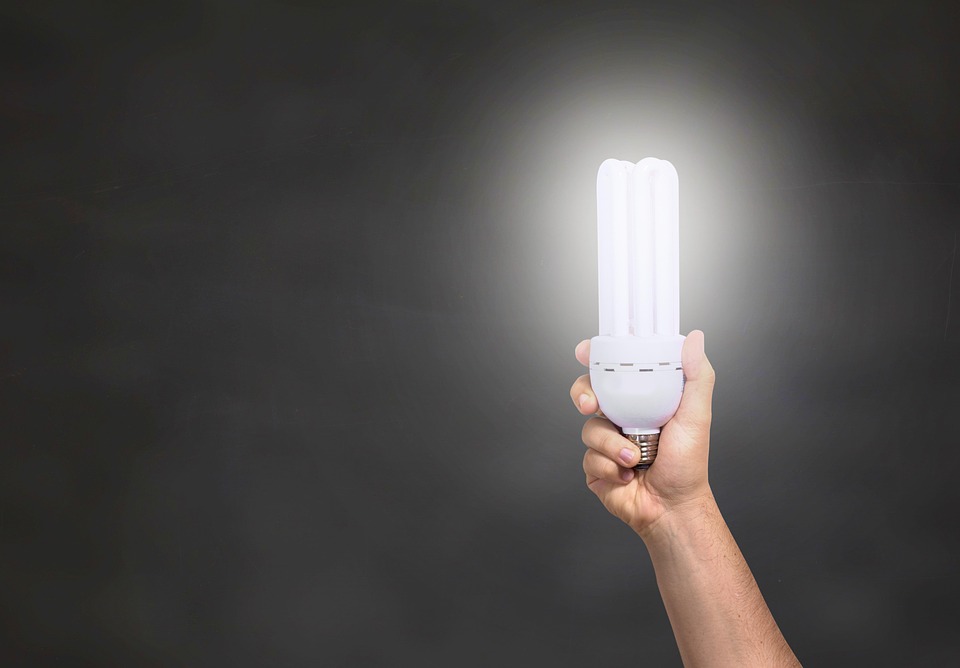
On this Page
On the Same Topic

Navigating ARM Refinancing: Key Considerations for Homeowners

Understanding Refinance Interest Rates: What You Need to Know

Unlocking Savings: The Best 30-Year Refinance Rates of 2023
Current Trends in 30-Year Fixed Refinance Mortgage Rates: What You Need to Know
Insights into Current Trends in 30-Year Fixed Refinance Mortgage Rates
As economic landscapes change, so too do the trends associated with mortgage rates. The 30-year fixed refinance mortgage is a preferred option for many homeowners due to its reliability and stability. Being aware of current trends empowers homeowners to make wise financial choices.
Grasping the 30-Year Fixed Refinance Mortgage Concept
A 30-year fixed refinance mortgage enables homeowners to replace their current mortgage with a new one featuring a fixed interest rate over a 30-year term. The major advantage of this mortgage type is its consistent monthly payment, which remains unaffected by fluctuations in market interest rates.
An Overview of Today’s Mortgage Market
The mortgage market is shaped by various factors including economic indicators, inflation rates, and policies from the Federal Reserve. As of today, the refinance rates for 30-year fixed mortgages are essential for both current homeowners and potential buyers. Let’s explore the current trends in depth.
Current 30-Year Fixed Refinance Mortgage Rates
As of [Insert Today’s Date], the average rate for a 30-year fixed refinance mortgage is approximately [Insert Current Rate]%. This figure reflects slight adjustments from previous months and can differ based on several factors such as location, credit score, and specific lender practices.
Elements Affecting 30-Year Fixed Refinance Rates
1. Economic Outlook
The general condition of the economy significantly affects mortgage rates. An expanding economy may lead to higher rates driven by increased borrowing demand, while a contracting economy usually sees falling rates.
2. Inflation Levels
Inflation is a key determinant of mortgage rates. Rising inflation may prompt lenders to increase rates to safeguard their profit margins. Thus, keeping an eye on inflation trends can provide insights into future refinance rate changes.
3. Federal Reserve Decisions
Monetary policy set by the Federal Reserve plays a crucial role in influencing interest rates. Adjustments to the federal funds rate can have a direct effect on mortgage rates—higher rates may follow if the Fed raises rates to curb inflation.
4. Housing Market Conditions
The dynamics of the housing market, including trends in supply and demand, can affect refinancing options. A robust housing market may encourage homeowners to refinance to maintain a competitive edge.
Advantages and Disadvantages of 30-Year Fixed Refinance Mortgages
Advantages
-
Steady Payments:
Monthly payments remain stable, simplifying budgeting.
-
Extended Payoff Duration:
Spreading payments over 30 years results in lower monthly obligations.
-
Opportunity for Lower Rates:
Homeowners may refinance to obtain a more favorable rate compared to their existing mortgage.
Disadvantages
-
Total Interest Costs:
Over 30 years, borrowers may incur higher interest payments than they would with shorter loan terms.
-
Long-Term Commitment:
A lengthy loan period can bind homeowners to their mortgage for many years.
When to Think About Refinancing
Homeowners might contemplate refinancing if they currently hold a higher interest rate, desire a different loan term, or aim to access home equity for other investments. It’s wise to evaluate the costs associated with refinancing against any potential savings from lower rates.
Steps for Refinancing Your Mortgage
The refinancing journey involves several important steps:
-
Evaluate Your Finances:
Confirm that your credit score and financial records are in good standing.
-
Explore Current Rates:
Compare rates across different lenders to secure the best offer.
-
Submit Your Application:
After selecting a lender, apply with the necessary documentation.
-
Lock in Your Rate:
Consider securing your interest rate while your application is being processed.
-
Finalize the Loan:
Upon approval, attend a closing meeting to complete the mortgage process.
The Importance of Credit Scores
Credit scores play a critical role in determining mortgage rates. Homeowners with higher credit scores are likely to qualify for better rates. It’s essential to check and enhance your credit score prior to refinancing to maximize potential benefits.
Common Questions (FAQs)
What is a 30-year fixed refinance mortgage?
A 30-year fixed refinance mortgage is a loan option allowing homeowners to refinance their existing mortgage at a fixed interest rate over a timespan of 30 years.
What are the advantages of refinancing?
Some benefits of refinancing include securing a lower interest rate, reducing monthly payments, and accessing home equity.
How do I know if refinancing is right for me?
Evaluate your existing interest rate, financial position, and future plans. If refinancing delivers a lower interest rate or better terms, it could be a wise decision.
When should I think about refinancing?
Homeowners should consider refinancing if interest rates decline significantly, their credit score improves, or if they possess substantial equity in their home.
Are there costs related to refinancing?
Yes, refinancing incurs costs which may include closing fees, origination costs, and possible prepayment penalties. It’s crucial to assess these costs against the advantages of refinancing.
This article offers comprehensive insights into contemporary trends in 30-year fixed refinance mortgage rates, detailing the influencing factors, pros and cons of refinancing, and actionable steps for homeowners considering this financial pathway. The FAQs section addresses common questions to further aid readers.